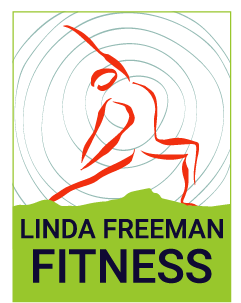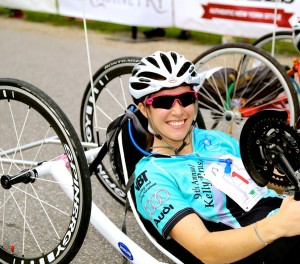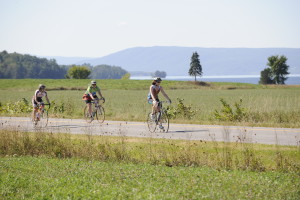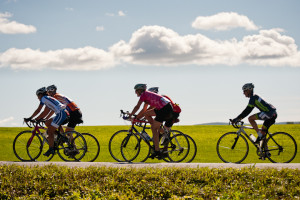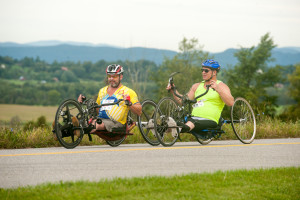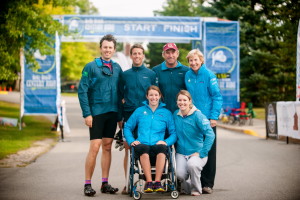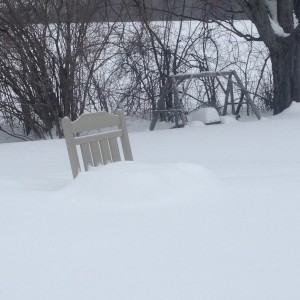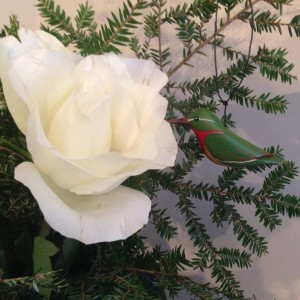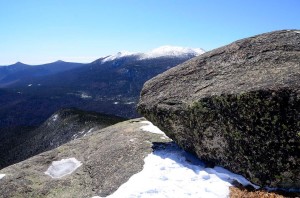There is a phenomenon, sometimes called the “afterburn” and sometimes referred to by a more official sounding title, “excess post-exercise oxygen consumption,” or EPOC. Simply put, when you exercise (here the intensity of your training is relevant), your heart rate, oxygen consumption, metabolic rate and thus calorie burn are elevated. The minute you walk out of class, step off your bike or kick off your running shoes your system does not dive to the level prior to working out. Surely you remember that it took time to stretch, breathe and gradually shift gears in your remarkable machine of a body in order to get it to perform at full capacity, or at least efficiently. It makes sense, then, that it would take an extended period of time to do the reverse. It’s a lovely bonus that your fit and tuned body will continue to crank it out even after your reps or miles are done. A bonus, as well as a strong incentive!
Today as I closed my Yoga class, I offered my students an ineloquent prayer or wish for them. “Your Yoga does not end with Namaste. May your practice – physically, mentally, emotionally and spiritually – go with you through the remaining hours of this day.”
I thought about what I had said a few hours later as I walked through the woods on trails wet with rain. Years before I would have been snug at home with a book (or maybe my computer) and a cup of tea. These days, however, my Sophie gets me out there and by the time I stop whining at her I realize I’m so happy to have done so!
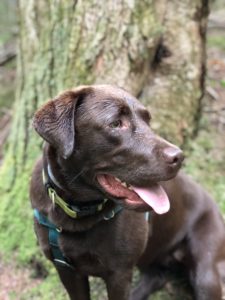
Sophie.
On one hand, I watched with interest as my young Chocolate Lab raced through the woods chasing birds (good luck with that), chipmunks, and all sorts of imaginary or otherwise creatures. (I’m so proud of this girl – she comes right back when she flushes out a deer. We know there are bear(s) out there but so far so good and I have no idea what she will do. Practice recall. Practice recall. Practice recall.)
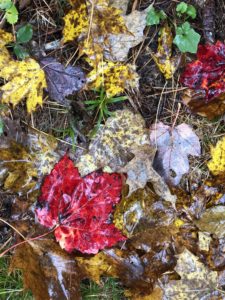 On the other hand, the slippery roots, muddy patches, and dense yet soundless dimness of the woods guided me back to my morning Yoga practice. I was ‘taking my practice with me through the remaining hours or my day.’
On the other hand, the slippery roots, muddy patches, and dense yet soundless dimness of the woods guided me back to my morning Yoga practice. I was ‘taking my practice with me through the remaining hours or my day.’
Because I am a dedicated student of my teachers, Terry Cockburn, Freeport Yoga Company, and Josh Summers, Summers School of Yin Yoga, I borrow heavily from them. Periodically I will “workshop” a particular asana or principle, stopping to spend time to explore a shape, identify target areas, and practice execution suggesting appropriate functional alignment. (There’s oh so much to say on this particular subject – but that’s for another day and another post.)
I urge my students to consider their own anatomy, discover which of several possible target areas they address, and then, the big question – “what do you feel?” Yes, when one has taught, studied and observed bodies for many years, one can sometimes have an educated opinion of what a student might be feeling. However, the bottom line is NOT what you, the teacher, thinks, it is what the student feels!
Think of it this way. Say something very sad, or even traumatic, has happened to you. You are emotionally exhausted and broken – say the death of a family member, a broken marriage, or a terrible accident. Someone you meet offers compassion and says ‘I know exactly how you feel….’ You want to shout back at them ‘NO YOU DON’T!’ Enough said.
To accompany that bottom line is the equally important objective to help our students become informed about their bodies, movements, and potential. A commonly accepted concept in the practice of Yoga is to be able to know one’s “edge,” and to work towards and with that edge within a given practice. To be a student is a marvelous adventure and one that thankfully never ends. I encourage all Yoga students to read, study, practice, experience and learn, learn, learn about each individual uniquely precious being that he or she is!
So, see? I was thinking about all of this as I walked. (Fortunately I didn’t trip over anythingJ)
Yogic principles can be applied to so many situations. Physically one can seek strength, balance, endurance and a means to meet and complete tasks and challenges. Universally Yoga teachers often begin classes by encouraging students to “set an intention.” Perhaps that intention is to work with the concept of a target area or a level of intensity. For example, when I head out with Sophie I try to take that idea with me and set a goal for the day’s activity – sometimes a strenuous hike (I do live in Vermont and I do love those rocky climbs above the tree lines), sometimes distance, sometimes off-leash playfulness with fartlek for me, sometimes on-leash controlled pace, sometimes a run, sometimes, like today, just a walk in the woods. It’s all good and it’s all better when you know what your goal, your target, is.
Mentally, emotionally and spiritually taking time to absorb your surroundings, notice your breath, stop to watch a sunset, calm anxiety with trust, reach out to others in loving kindness and tolerance. Such thoughts are so possible and somehow easier to embrace while moving and “practicing” Yoga throughout the day.
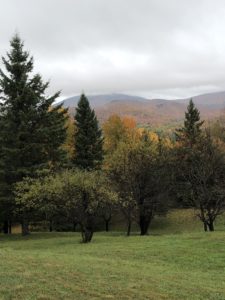
Don’t allow rain and mist keep to distort your vision.
By all means, roll out your mat and give yourself the necessary gift of a Yoga practice (or a fitness training session), and then, when you have considered your purpose/goals/target areas/intention, let them guide you through your practice and on, as you step off your mat into your day.

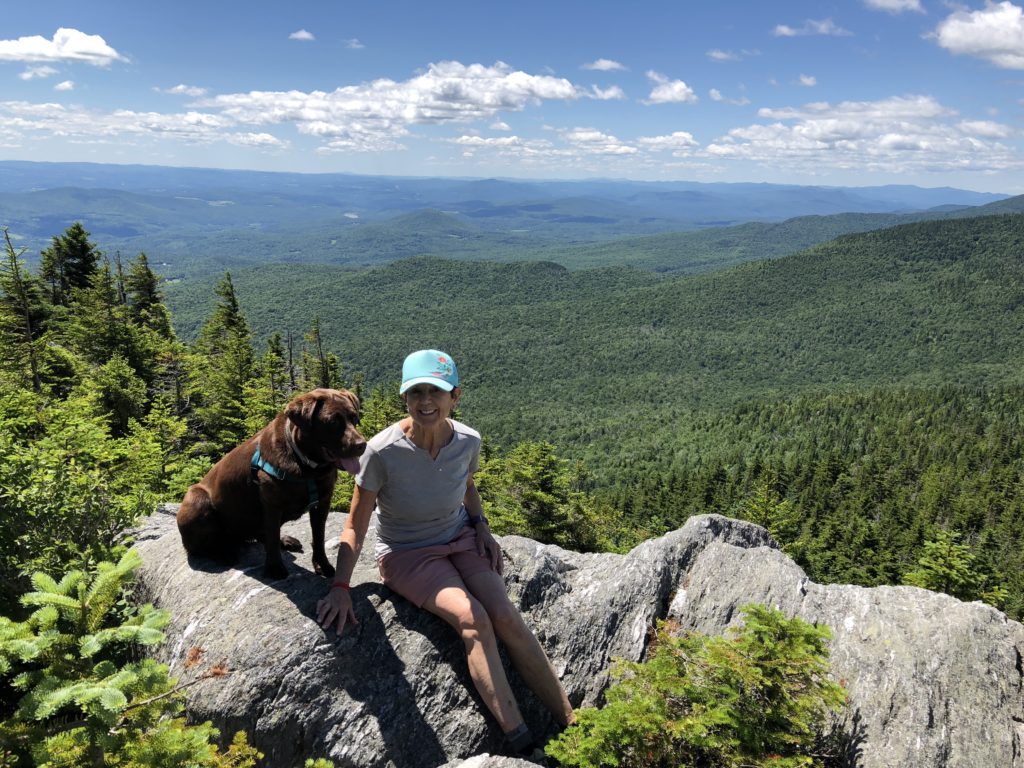
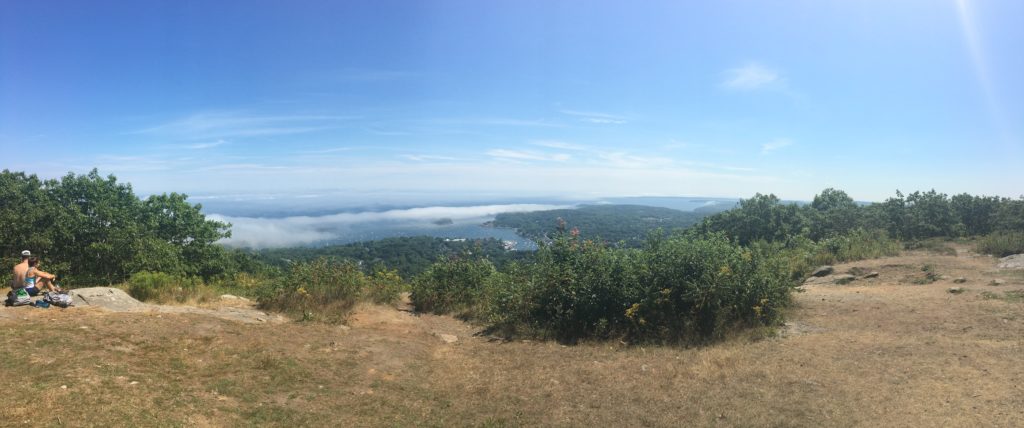 For many, this is the entire purpose of hiking. For others it is a perfect lunch break, rest or photo op. Note: if hiking with dogs or children, beware of fragile vegetation at the summit or potentially hazardous drop offs. Safety and consideration always rule.
For many, this is the entire purpose of hiking. For others it is a perfect lunch break, rest or photo op. Note: if hiking with dogs or children, beware of fragile vegetation at the summit or potentially hazardous drop offs. Safety and consideration always rule.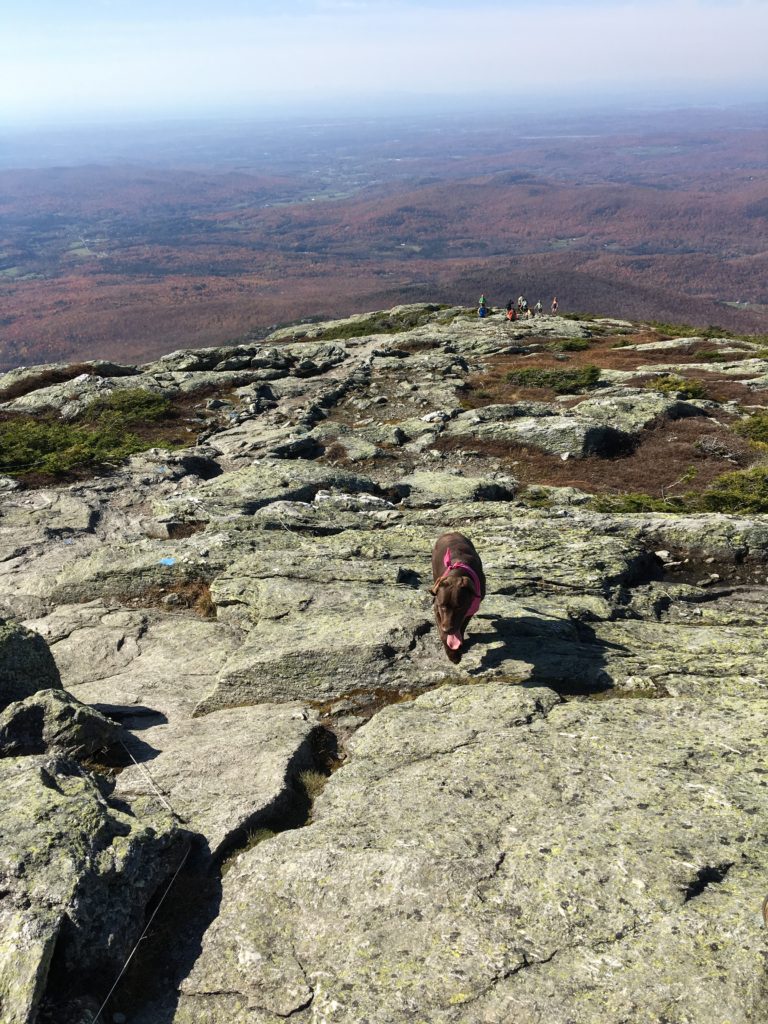
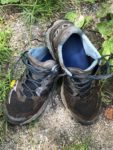 for the most part because I opt for traction and flexibility but my ankles sometimes call out for higher boots, etc), poles, and a pack. Note: when I hike the Whites or with my friends, I am the only one without poles. In the past I have cited my need to have hands free for Sophie. Now, with my new vest that easily snaps in folded poles, I have a pair on order. When I hike on easier day hikes in Vermont, I see many without poles. Good to have options! Oh, and BTW, Ultimate Direction now makes poles with 2 levels of handgrips that so easily address the dilemma of uphill and downhill
for the most part because I opt for traction and flexibility but my ankles sometimes call out for higher boots, etc), poles, and a pack. Note: when I hike the Whites or with my friends, I am the only one without poles. In the past I have cited my need to have hands free for Sophie. Now, with my new vest that easily snaps in folded poles, I have a pair on order. When I hike on easier day hikes in Vermont, I see many without poles. Good to have options! Oh, and BTW, Ultimate Direction now makes poles with 2 levels of handgrips that so easily address the dilemma of uphill and downhill 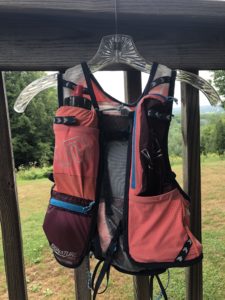
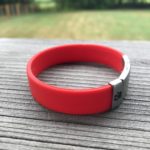 I always wear a baseball cap and my RoadID bracelet with emergency contact info; states that I am hiking with my dog just in case…and Sophie’s collar sports her name and a phone #)
I always wear a baseball cap and my RoadID bracelet with emergency contact info; states that I am hiking with my dog just in case…and Sophie’s collar sports her name and a phone #)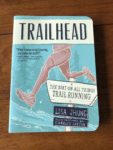
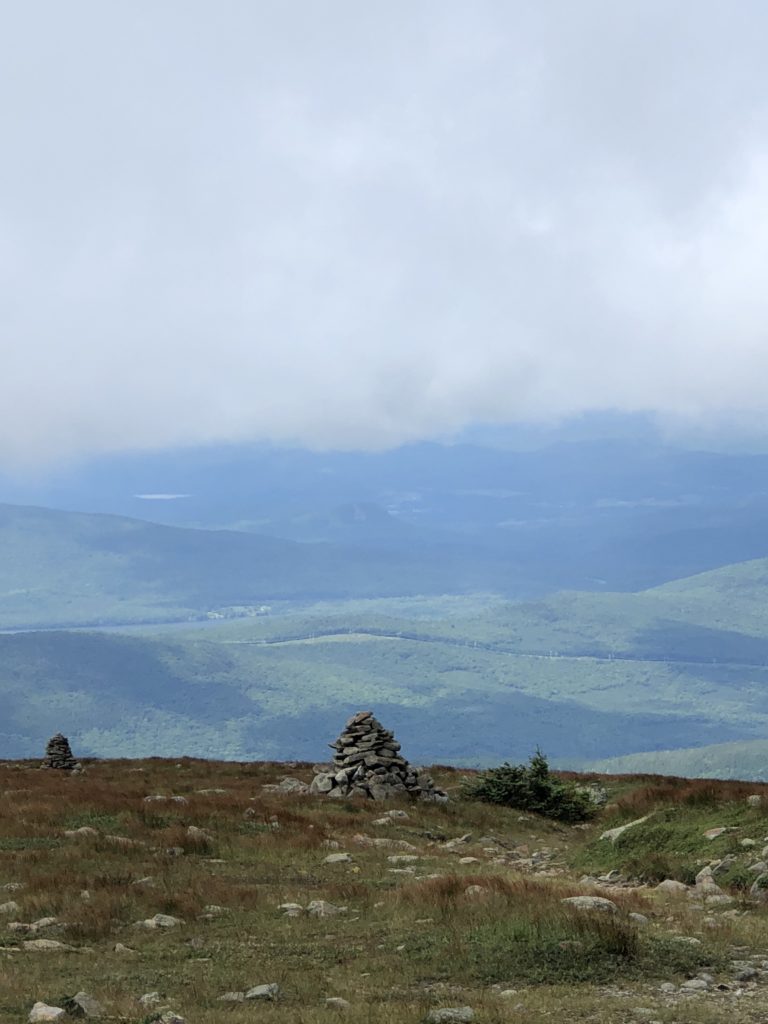
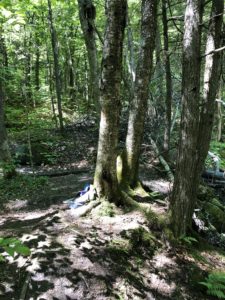 : Both stillness and movement are deepened by enhanced senses of sight, hearing, touch and smell. Changes in air quality over the time spent in practice are palpable; air movement touches the skin as a reminder that the world is always in motion. Bird song accompanies asana and provides easy focus for meditation. (Depending on where you practice you might hear city sounds or water rolling, crashing or babbling.) While plants, soil and trees exude smells of their own, the very scent of freshness is real. Practice yoga, practice meditation, practice balance, practice awareness.
: Both stillness and movement are deepened by enhanced senses of sight, hearing, touch and smell. Changes in air quality over the time spent in practice are palpable; air movement touches the skin as a reminder that the world is always in motion. Bird song accompanies asana and provides easy focus for meditation. (Depending on where you practice you might hear city sounds or water rolling, crashing or babbling.) While plants, soil and trees exude smells of their own, the very scent of freshness is real. Practice yoga, practice meditation, practice balance, practice awareness.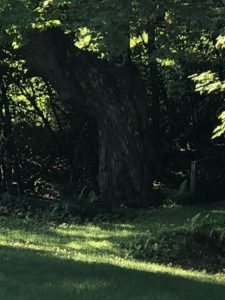

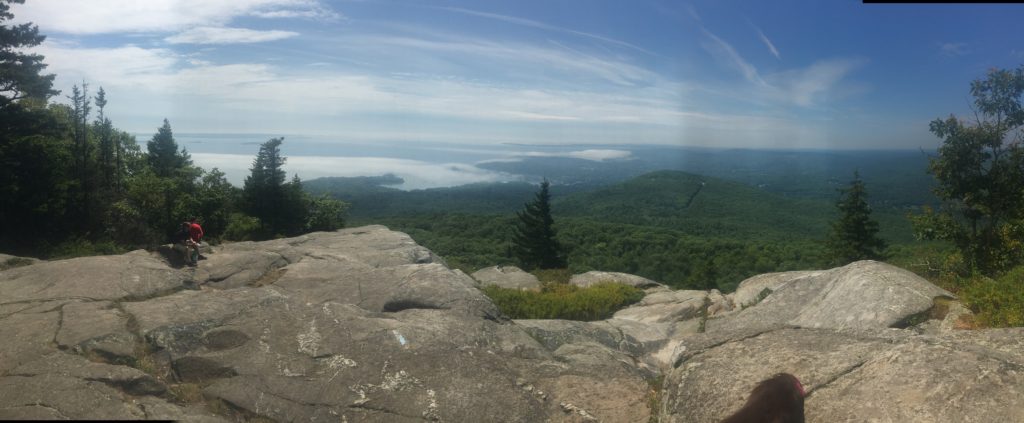
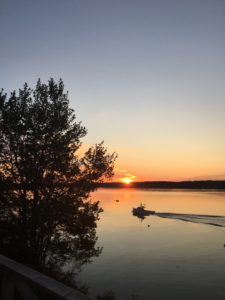 bouncing color and energy off the surface of the water. (No wonder Sun Salutations are integral to one’s Yoga practice.) Though the sunset on the other side of the peninsula is equally dramatic, there is something oh so lovely about its residual glow from our deck. And the full moon? There are not words …. But if it weren’t for the deck, would I pause to sit there and observe?
bouncing color and energy off the surface of the water. (No wonder Sun Salutations are integral to one’s Yoga practice.) Though the sunset on the other side of the peninsula is equally dramatic, there is something oh so lovely about its residual glow from our deck. And the full moon? There are not words …. But if it weren’t for the deck, would I pause to sit there and observe?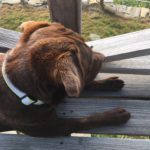 My family and I can talk endlessly, but there always comes the fall into a reverent or contemplative silence – just watching. Tides ebb and flow, lobster boats motor up and down the sound working while I play, fish rise and re-enter with a significant slap, ducks search for food as cormorants dive under for so long I wonder if they’ll ever reappear. They do.
My family and I can talk endlessly, but there always comes the fall into a reverent or contemplative silence – just watching. Tides ebb and flow, lobster boats motor up and down the sound working while I play, fish rise and re-enter with a significant slap, ducks search for food as cormorants dive under for so long I wonder if they’ll ever reappear. They do.